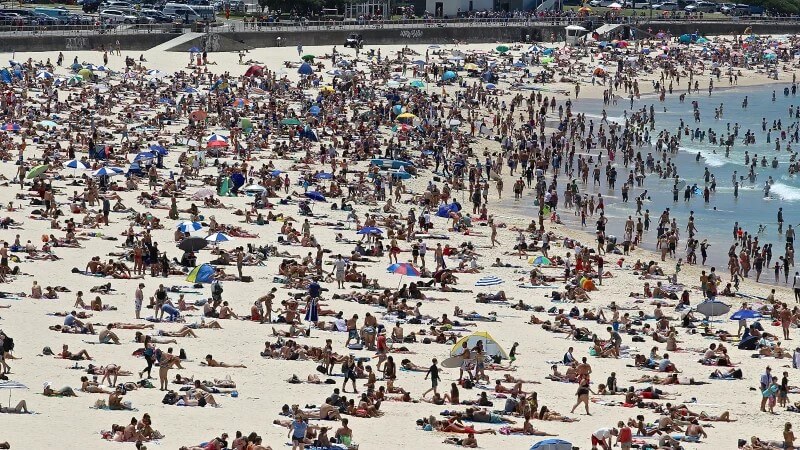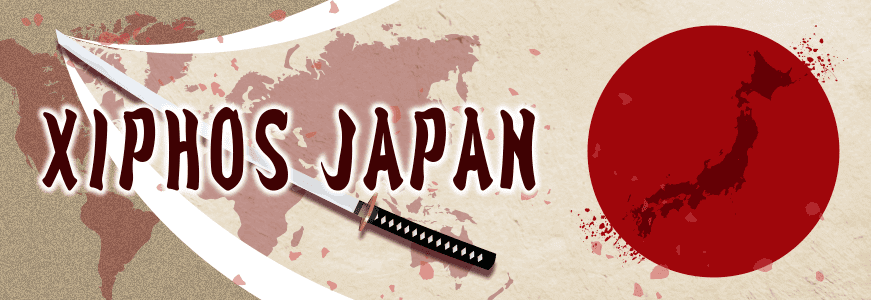
Aiming to gain foreign currency, Japan has been campaigning to attract tourists to Japan under the theme of becoming a tourism-oriented country, in conjunction with the Tokyo Olympics, which were scheduled to take place in 2020. However, due to Corona, the Tokyo Olympics were postponed to the following year. The number of tourists did not go as expected, and the number of tourists visiting Japan in 2021, the period most affected by Corona, fell to 245,862 for the whole year, about 130% of the 31,882,049 recorded in 2019. In 2023, when the impact of Corona had subsided and domestic and international traffic was free, the number of visitors recovered to 25,066,350, approximately 80% of the 2019 figure.
The desire to stay out in Corona has tended to explode, and 2024 will see record numbers of tourists visiting Japan in January and February, mainly from Asian countries.
Against the background of the weak yen and the difference in high prices between Japan and other countries, data indicate that the number of tourists visiting Japan this year will be the highest in history. The tourism industry, which was hit hard by Corona, is also expected to achieve record profits.
However, the booming tourism industry is also facing various problems.
“Overtourism” is a word that is often heard in conjunction with strong visitor numbers. As the name suggests, “overtourism” means that tourists who visit an area in excess of its capacity. Overcrowding, noise, bad manners and other problems caused by over-capacity tourists have had a negative impact on the lives of local residents and the natural environment.
Environmental impact:.
Impact on natural landscapes and ecosystems: large numbers of tourists can overburden natural environments such as nature conservation areas and national parks, resulting in the destruction of ecosystems and the loss of habitats for plants and animals.
Consumption of water and energy: hotels, restaurants and transport systems used by large numbers of tourists can consume large amounts of local water and energy resources.
Increased waste: the increase in litter and waste produced by tourists can lead to overloading of local waste treatment facilities.
Impacts on local communities:.
Impacts on local livelihoods: the expansion of tourism can lead to the local housing market being exploited for tourism, making it more difficult for local people to find housing and increasing prices.
Alteration of traditional ways of life: mass tourism can lead to the commercialisation and alteration of local culture and traditions.
Infrastructure overload: overloading of infrastructure.
Traffic congestion: during tourist seasons and events, the influx of tourists can cause congestion on roads and public transport, resulting in traffic jams.
Congestion of public facilities: public facilities such as public toilets and tourist attractions can become overcrowded in places with high concentrations of tourists, leading to poor quality of service.
オーバーツーリズムは、観光地と地域住民、旅行者にとって共通の課題です。持続可能な観光を実現するためには、関係者全員が協力して取り組んでいくことが重要です。これらの問題は、持続可能な観光開発や地域の統合的な計画によって緩和することが可能ですが、まだまだその対応が十分とは言えず、自治体や地域の住民だけではなく、国としても取り組まなくてはいけない重要な課題だと言えます。







